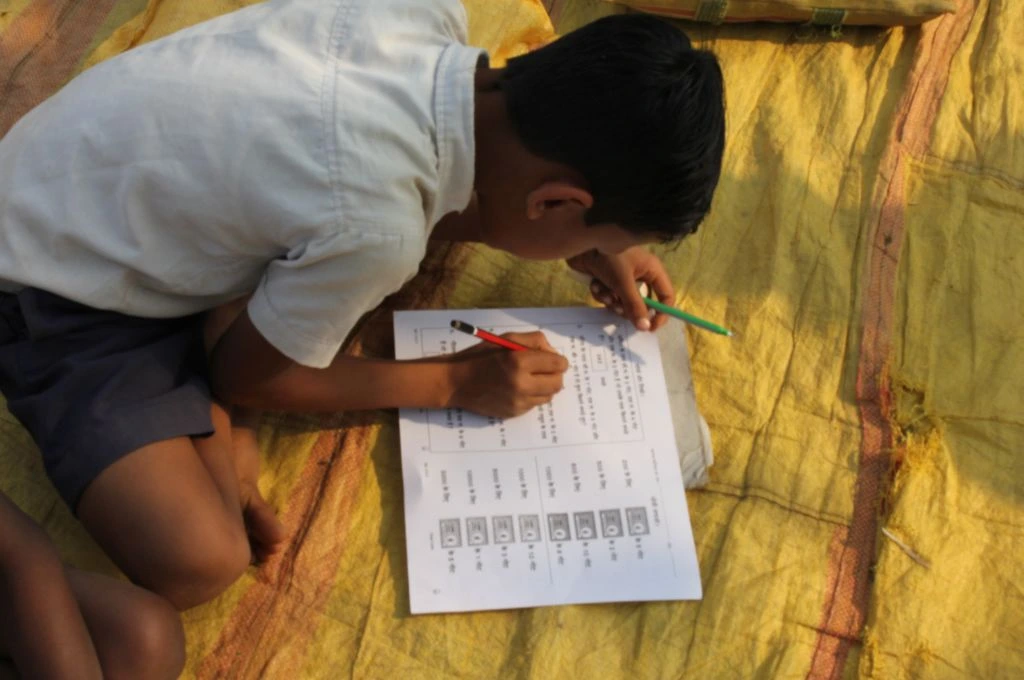With more than 1.5 million schools and 250 million student enrolments, India has one of the largest and most complex education systems in the world. India has achieved near universalisation of primary education as of 2015, with 96.9 percent of children in rural India enrolled in school in 2016 and 98 percent of habitations now having access to a primary school within a one-kilometre radius.
Despite this progress, gaps persist: enrolment and retention outside of primary education are low and attainment remains a critical issue across all segments, largely owing to inadequate teacher training and the lack of focus on life skills education. Ecosystem-level interventions, which could potentially create system-wide impact, have not been a focus among private funders.
Gaps and trends in the Indian education sector
1. Access to education has not been equitable
While India has achieved near universalisation of primary education, only around 64 percent of the country’s 99.7 million adolescents progress to secondary and senior secondary stages as of 2016. Meanwhile, a whopping 24 percent of Indian children between 3-5 years of age still do not have access to early childhood education and therefore miss out on critical developmental stimulation that would benefit them in their subsequent education journeys.
2. Privatisation is on the rise across education segments
Between 2010-11 and 2015-16, the number of private schools surged by 77,063 nationwide, more than six times the increase in government schools (12,297).
3. Attainment is a significant concern in both government and private schools
Evaluations across states reveal that despite their higher fees, private schools do not necessarily lead to improved learning outcomes.
4. Completion of vocational education programmes has not translated into enhanced employability
The quality of vocational education has been impeded by a lack of alignment of such programmes with industry requirements. Further, there exists a lack of framework around soft skills training in areas such as communication, problem solving and conflict management for the 15-18 age group.
5. Acute shortage of qualified teachers affects delivery quality
While the sector requires more than 70,000 qualified trainers, with an additional 10,000 per annum, the current capacity of government-run institutes for ‘Train the Trainers’ is only 1,600 per annum.
6. Life skills have not been given due attention
In-school structured sports, arts and experiential learning programmes, which are vital to develop essential life-skills among students, have yet to receive adequate attention in India.
7. Ecosystem-level interventions have been implemented in pockets
While a few multi-stakeholder partnerships have emerged, there has not been a significant movement towards collective impact. If different stakeholders would work together, risks can be reduced and impact can be maximised.
Related article: Education in India: Where funders need to focus efforts
Landscape of education funding
1. Government spending at 2.7 percent of GDP is insufficient to meet the demand for quality education
India’s total financial requirement to reach SDG4 by 2030 is USD 2,258 billion, which works out to an average USD of 173 billion per year from 2017 to 2030, far exceeding the current government budget of USD 51.5 billion a year for education.
2. Education has been one of the most invested causes
The sector received USD 419 million through CSR just in 2016, which makes it one of the most invested causes across the spectrum in 2016.
4. CSR funding has been significant, especially in primary and secondary education
At USD 57.4 million, a major portion of CSR expenditure has been in primary education, followed by USD 48.9 million in secondary education.
5. Impact investment is primarily focused on technology interventions
Although impact investment holds a lot of promise, there is a notable gap in terms of the absence of any impact investment in the vocational space.
Recommendations
1. Five areas stand out from the research as recommended intervention areas:
- Access to early childhood education for all children and to all education segments for girls, Muslims, scheduled tribes and CWSN
- Attainment across private and government schools
- Teacher training and school leadership development
- Development of standard and relevant curricula, including life skills with a focus on learning outcomes
- Career counselling and developing skills for employability and livelihoods
Related article: Just another brick in the wall
2. Ecosystem funding is key to transformation
Ecosystem funding has greater potential to reach impact at scale and in the context of a broader system. It takes into and combines efforts from multiple actors in the private, public and social sectors:
- Investment in standards and benchmarks: Setting a commonly understood and agreed set of standards and benchmarks could go a long way in enabling SPOs to access funding more effectively and efficiently. Investment in open-source tools, knowledge and research will allow SPOs to better define their strategies and design their interventions.
- Investment in building the capacity of SPOs: While building up the capacity of SPOs will enable them to achieve impact and scale, this has not been an area of focus among funders in the education space in India. Concerted efforts by funders to develop and nurture SPOs will go a long way in scaling, sustaining and deepening impact.
- Partnerships with other stakeholders: Deeper engagement with other stakeholders across the ecosystem will enable funders to pool resources and maximise impact at scale. It will also augment funders’ knowledge about the sector and the funding landscape while creating space for creative solutions, leveraging on individual strengths.
This is a snapshot of the larger report, Funding Education with Impact. To glean deeper insights and leverage on funding opportunities and challenges, read the original report here.




